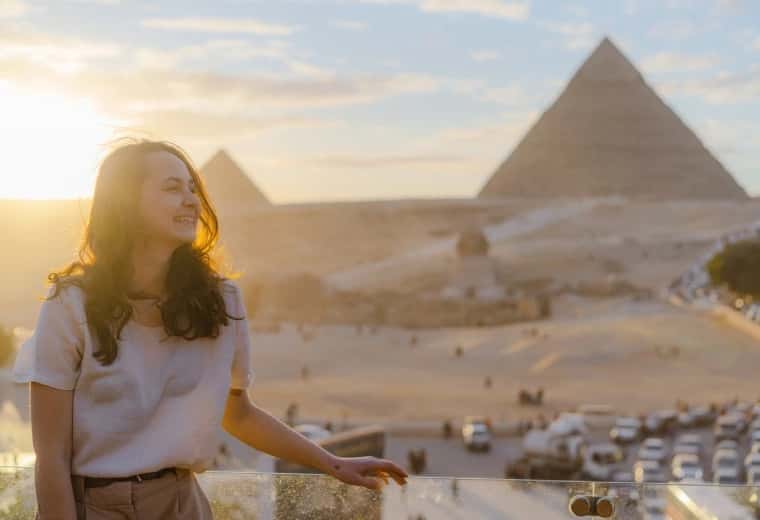What is the Luxor Temple?
It is one of the most visited ancient temples in Egypt. The temple is very well-preserved and is devoted to the worship of the gods Mut, Amun, and Chons. It is one the most sought after attractions in Egypt, even World Heritage Site since 1979.
When was the Luxor Temple built?
Around 1400 BC the temple was commissioned by king Amenhotep III. However, other rulers also contributed to its development and expansion over the centuries including as Ramses II, Tutmoses III and even Alexander the Great.
It is believed that the constant expansion efforts continued up to the Islamic era—which would make the Luxor Temple the only one in Egypt with pharaonic, Greek-Roman, Islamic and Coptic influences. It was used for a number of different purposes over the distinct periods. For example, the Romans used it as fortress and place of governance.
What happened to the Luxor Temple over the centuries?
Like many Ancient Egyptian temples, the Luxor Temple had its period of glory—which actually lasted quite a long time. Around 200 AD, the temple was completely abandoned.
It was swallowed up the desert sand and was forgotten for many centuries. It was only discovered in the 19th century due to the destruction of a village that was built above it.
Where is the Luxor Temple located?
It is situated on the East Bank of Luxor, once known as ancient Thebes in Upper Egypt.
What are Luxor Temple's highlights?
It is a gorgeous temple, and even though it is smaller in size than the Karnak temple, it is equally as interesting. It houses a massive red granite obelisk.
At its entrance there are two colossal statues of Ramses II and the Sphinx Avenue— that used to connect the neighboring Luxor and Karnak temples.
The temple features fourteen high columns; each one measuring in at 23 m. Your tour guide will translate the hieroglyphs on the walls that spell out the story of the Opet Festival.
This festival happened annually where the statues of Mut, Amun and Quespisiquis were transported from the Karnak Temple to Luxor Temple.









